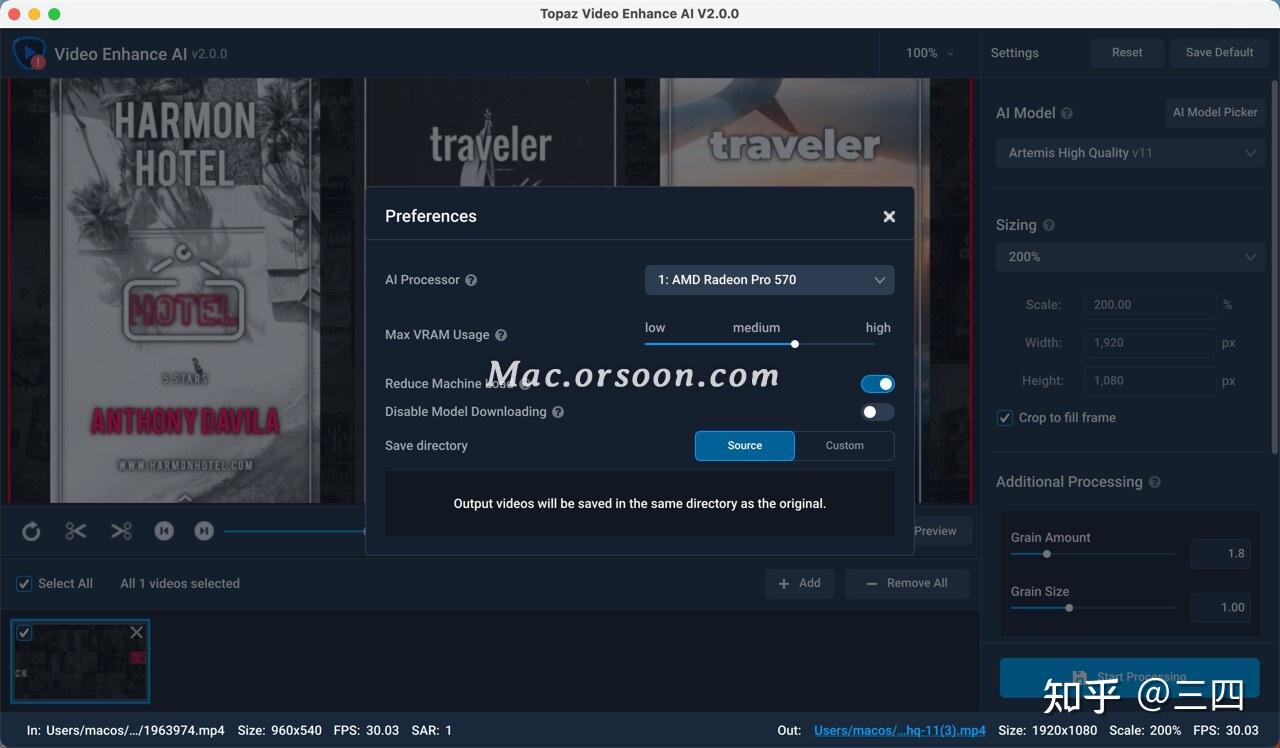
Religion should be part of the conversation, however complicated it might be, as it would help Tech decide the right course of action and stay moral and ethical. Rajan Zed further says that we welcome AI in making our lives better, but it is time to have some moral and ethical boundaries. We should make efforts to save the universe from dystopian consequences and Faustian outcomes and we do not want AI to be another moral morass and the last invention of human beings Karcher, Blundell, Zed, Fisher, Beyer note. AI can be highly powerful-we just cannot leave it to the short-sighted interests of few people solely focused on maximizing profits and power and indulging in economic predation. There might be a prospect in the future of some AI systems becoming contenders for a moral status, binding us morally to treat them appropriately and justly, as we are expected to treat each other. We, the humans, need to have a better grip on where we are heading in this fast-developing superhuman intelligence, posing serious moral-ethical challenges and complications and sometimes causing unintended harm Karcher, Blundell, Zed, Fisher, Beyer insist. Parameters for ensuring accountability, incorruptibility, responsibility, safety from manipulation, transparency, etc., should be erected. As AI seems to be replacing human judgment we need to make sure AI should be harnessed for the common good. Religion and Tech should work together for advancing the public good and not shy away from each other. Public good needs to be promoted and protected and freedom and dignity of human beings need to be ensured Zed indicates. Heartless algorithms and mercantile greed should not be allowed to rule humanity. Technology can be both a blessing and a burden, so we need to decide the right course of action before it is too late.įuture of mankind and human survival seem to be at stake with ever evolving AI generating deep societal repercussions and side effects.

An urgent and honest global conversation is needed (with religions as the major partner) before the self-aware machines become game changers and reshape humanity. Rajan Zed, who is President of Universal Society of Hinduism, points out that if machines become completely sentient having consciousness, it is a serious theological issue. Tech should not be in the business of simply discarding overnight the thousands of years of wisdom of the texts. Karcher, Blundell, Zed, Fisher, Beyer emphasize that since sentient machines are no longer unthinkable and there are claims of the possibility of developing sentient AI systems in the future technologies seem to be venturing into God’s arena which can create serious spiritual implications. Fisher, esteemed Jewish rabbi ElizaBeth Webb Beyer in a joint statement, said that AI should be used responsibly and religions should be involved and given active role in developing appropriate and adequate moral-ethical guardrails around it, before it changes our way of life. Blundell, Hindu statesman Rajan Zed, Reno Buddhist Center Presiding Priest Reverend Matthew T. Karcher, Epworth United Methodist Church Fallon Senior Pastor Reverend Dawn M. Saint Anthony Greek Orthodox Christian Church Presiding Priest Father Stephen R.
TOPAZ VIDEO ENHANCE AI CRASH SOFTWARE
This is very promising software and quite unique.In view of fast emerging Artificial Intelligence (AI) with the possibility of artificial sentience, the world needs to seriously and urgently address the ethical and moral issues surrounding it a multi-faith northwestern Nevada group of Christian-Hindu-Buddhist-Jewish leaders warns. Also, the AI generally does a mighty valliant effort of manufacturing some extra detail.

However, the noise reduction and compression artifact removal I found to be excellent. It ideally needs to be smarter to discern distance (face size) rather than existing contrast - to give a natural attenuation of sharpness as the crowd distance increases. The software would sharpen *some* faces (excessively) while leaving others almost untouched and it did so (I presume) based on the existing contrast levels. As far as the image enhancement, the main issues were with low resolution crowd scenes (640 x 360 pixels) which had "concert goers" standing anywhere from reasonably close through to very distant. It would be preferable to have *unity gain* in & out rather than boosted levels. The first thing I noticed was a 'mid levels boost' in the output which I had to *undo* in daVinci Resolve. IResults do vary - (that's expected given the quality variation of video sources).


 0 kommentar(er)
0 kommentar(er)
